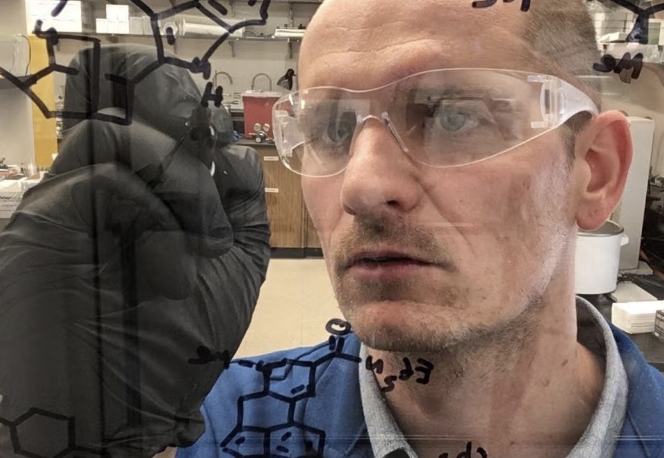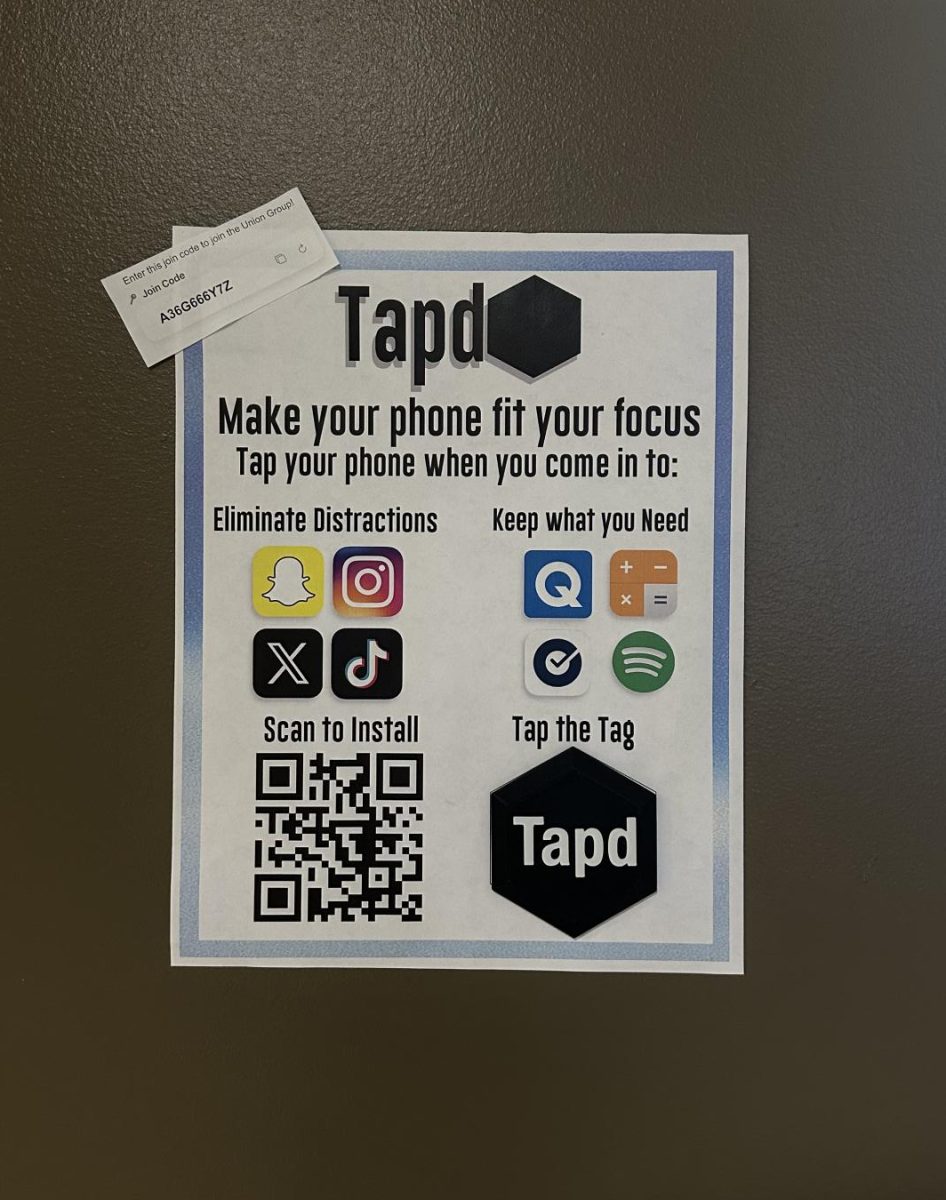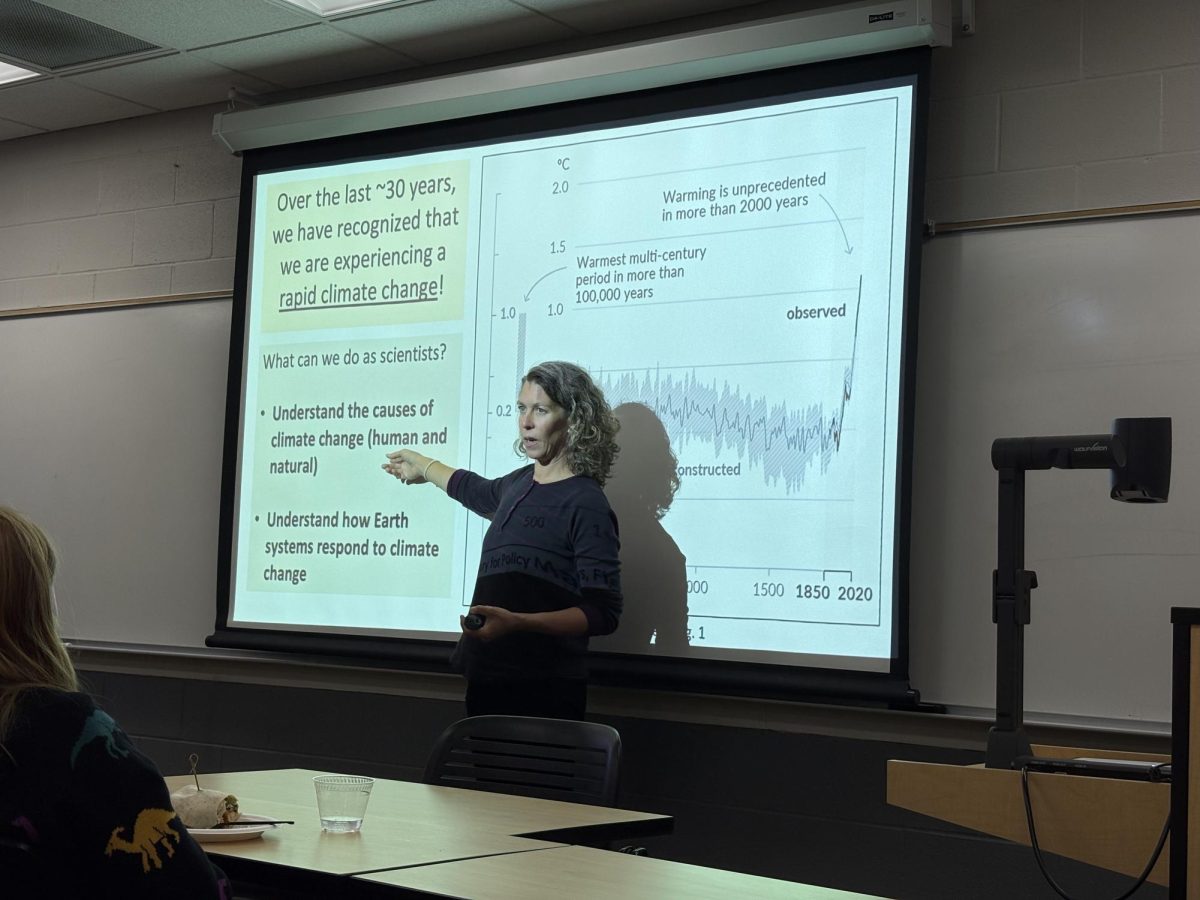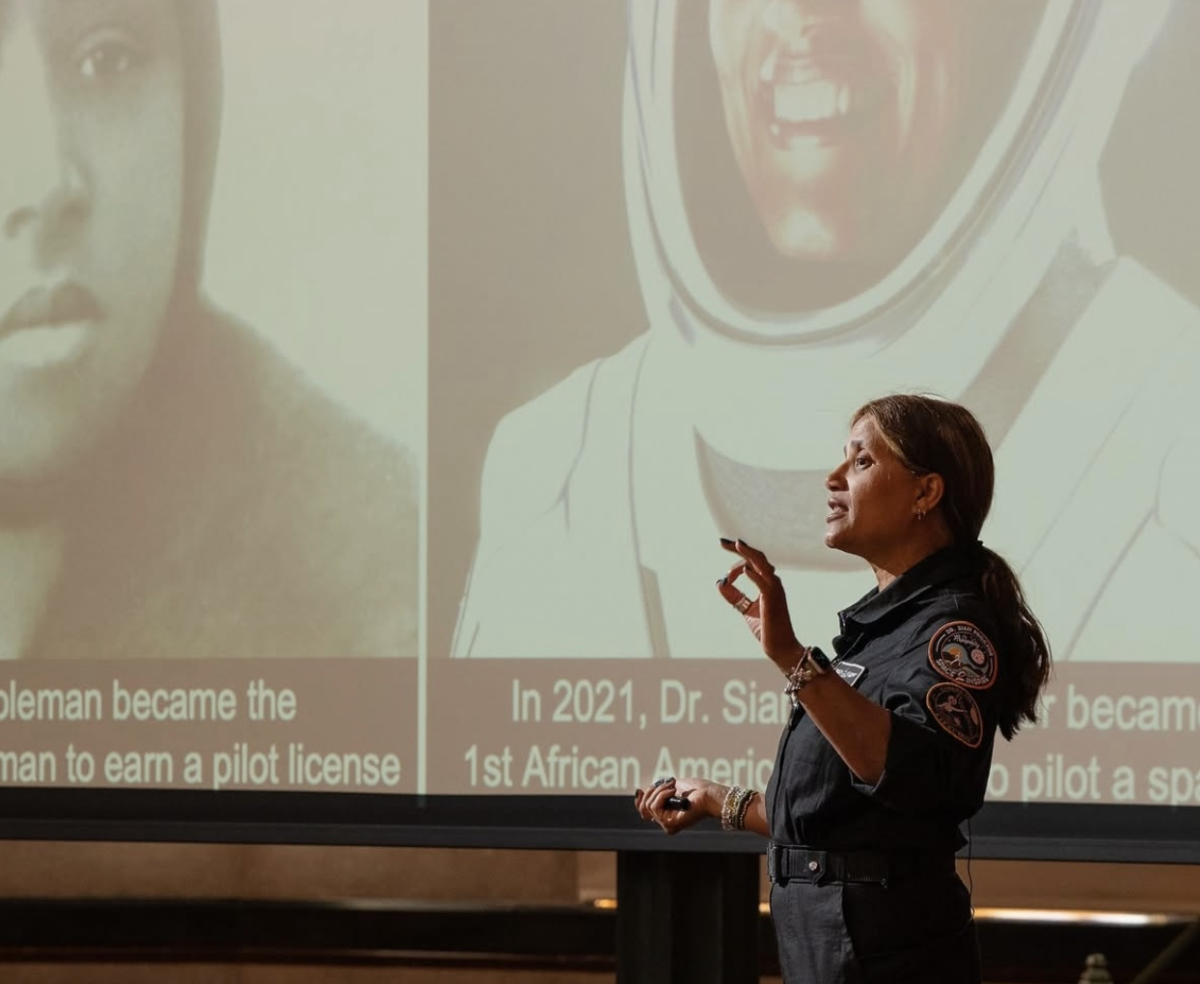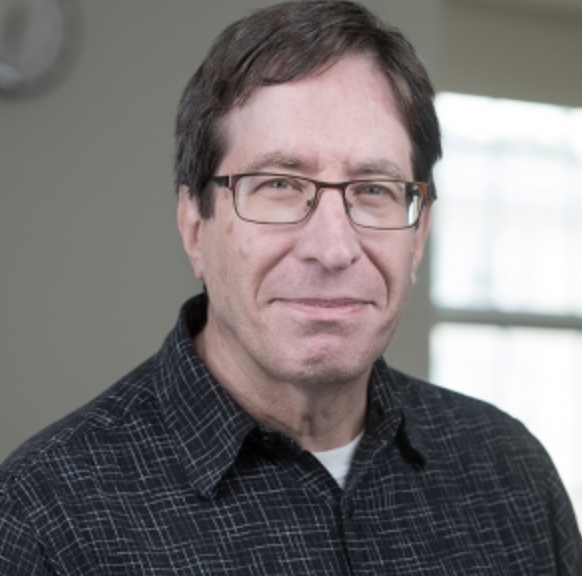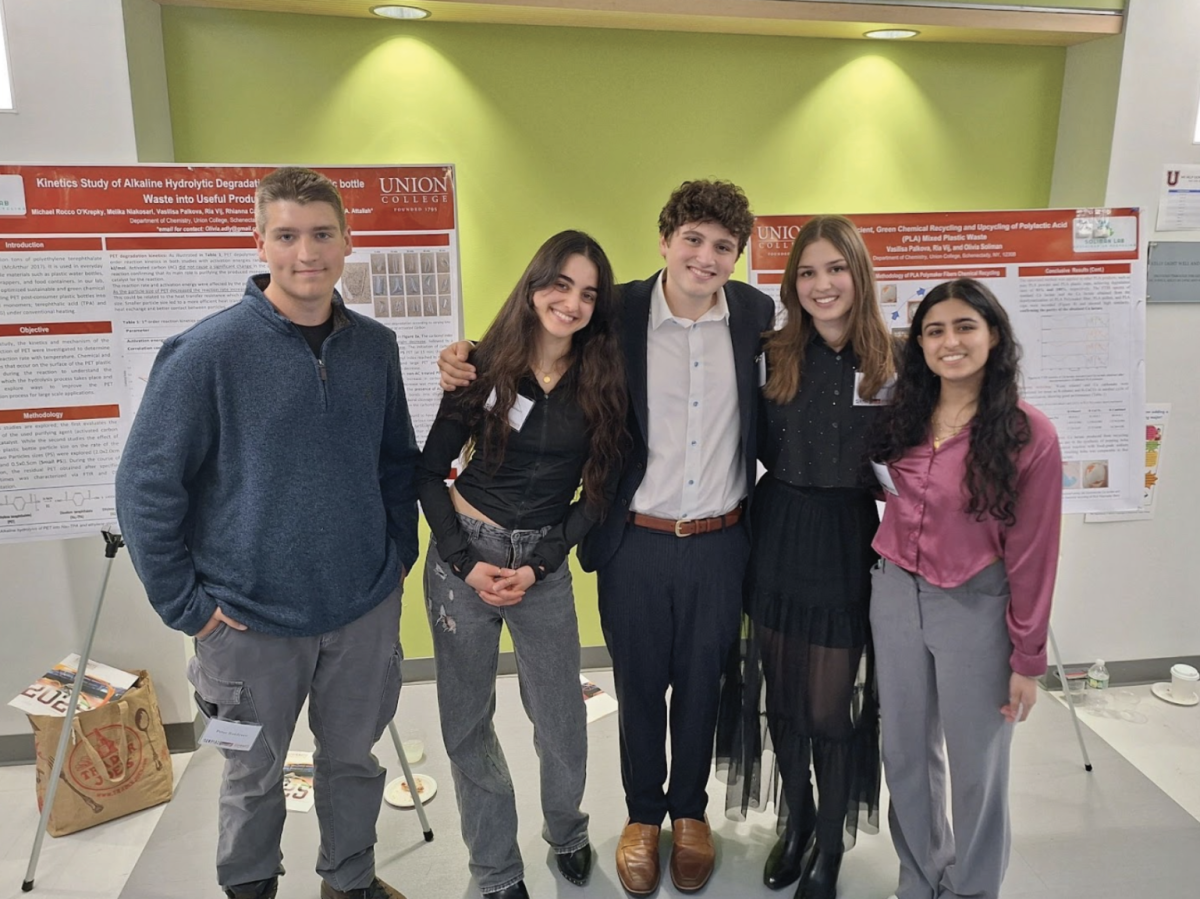When considering treatments for mental disorders, psychedelics might not seem like the obvious first choice. But for one Union alumnus, these frequently stigmatized molecules are a key part of changing how we treat the mind.
David E. Olson ’06, researcher and professor of chemistry, biochemistry, and molecular medicine at University of California, Davis, and co-founder of the company Delix Therapeutics, is pursuing the development of a possible schizophrenia treatment from the psychedelic drug lysergic acid diethylamide, or LSD.
After graduating from Union College with a degree in Chemistry and a Biology minor, followed by a Ph.D. in Chemistry at Stanford University, Olson went on to research the creation of new medicines capable of targeting a wide variety of brain disorders, a field that combines chemistry with medicine and neuroscience for real-life applications.
His current work focuses on psychoplastogens, small molecules capable of promoting neuroplasticity, or the growth of neurons and neural connections. These compounds can be employed to help improve physical damage associated with brain disorders and create lasting behavioral effects, rather than just treating the resulting symptoms. However, many psychoplastogens are also hallucinogens.
This specific achievement, recently published in Proceedings of the National Academy of Sciences, uses molecular changes in LSD to create a more specific and beneficial response. Currently named JRT after the former graduate student who first synthesized it, the new isomer had to be made from scratch, requiring a total of 12 steps.
“The development of JRT was quite challenging because the chemistry was not straightforward,” Olson describes. His team had to identify and adjust the specific parts of the molecule that interact with brain receptors and cause hallucinations, but preserve its natural growth-inducing properties. Olson and his research team ultimately swapped the position of only two atoms in the LSD molecule.
In pre-clinical trials, this small change in structure has been shown to reduce LSD’s hallucinogenic properties, while maintaining its powerful ability to increase neuron growth and alter pathways in the brain. JRT is highly selective to certain receptors, promoting therapeutic effects in cognition and depression alongside neuron growth. These changes appear to make it both more effective and safer, something critical for patients with diseases like schizophrenia in which hallucinogens would be harmful. Olson elaborated on the significant investment of time and effort, explaining, “It took us a half a decade just to synthesize it, and after that, we performed several years worth of biological testing.”
When asked how his time here at Union prepared him for or impacted the work he does now, Olson credited the faculty that guided him. “At Union, I was fortunate to have the opportunity to do undergraduate research with Prof. Joanne Kehlbeck.” He explains, “She really encouraged me to pursue interdisciplinary research using organic chemistry to solve problems in biology—exactly the kind of research that led to the development of JRT. Her mentorship really set the trajectory for my entire career.”
Despite the time and distance between Union and University of California, Davis, Olson’s undergraduate experience has had a lasting effect. Professors and peers that support the pursuit of new ways to approach problems and combine disciplines are impactful beyond the time on campus, helping lead to discoveries like these that could change the way we approach treatment itself.


